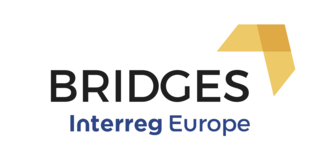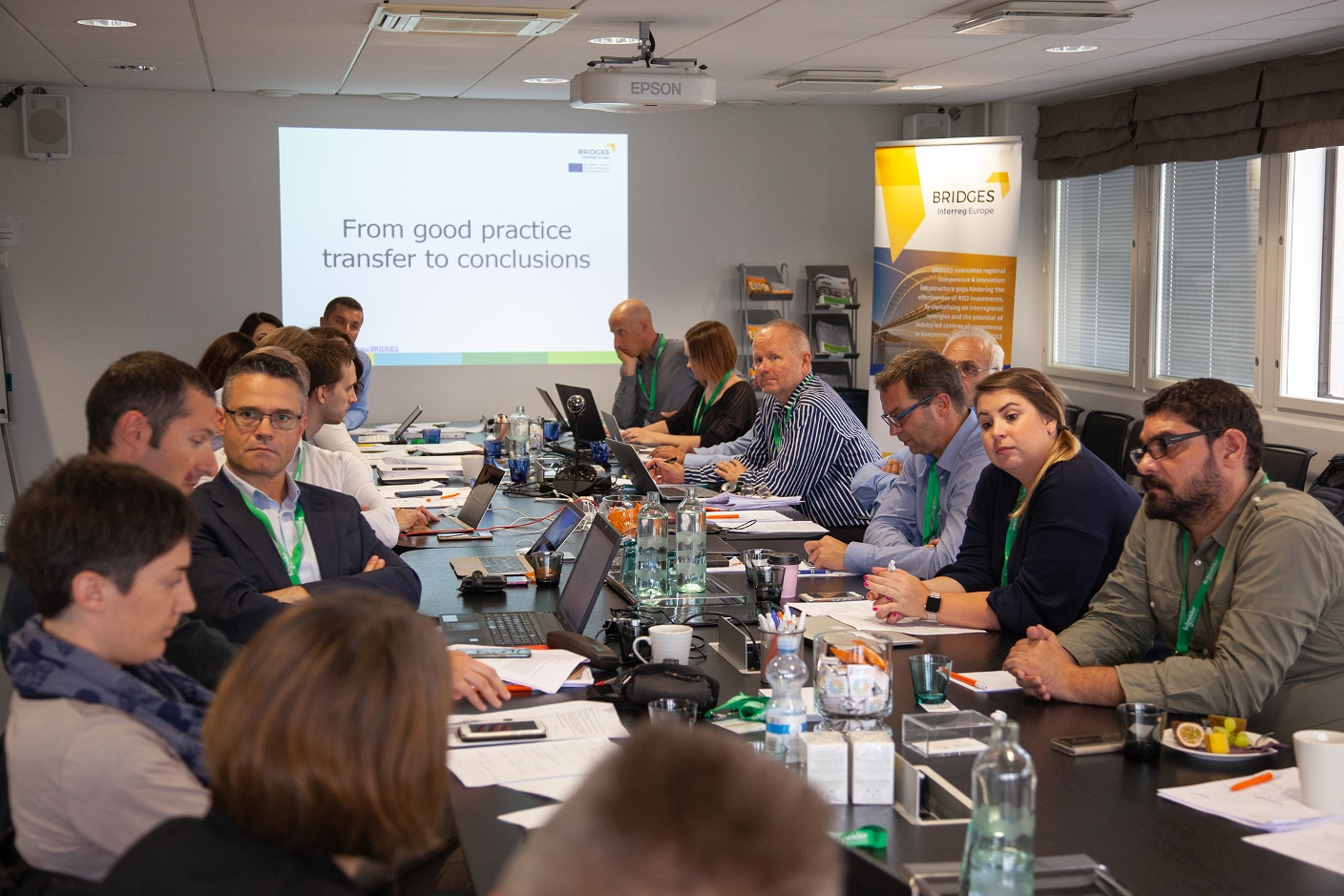Reflexions from the BRIDGES project experience….matching & connecting regions’ strengths…PART2
Back to PART1
The innovation maps analysis and the project efforts at building and institutionalising bridges between advanced and less advanced regions led to the following three, interlinked insights:
(1) KNOWLEDGE ECONOMY AS A SHARED DEVELOPMENT LANGUAGE
In simple terms, knowledge economy means utilising knowledge in order to decide what to produce and how to produce. Compared to even the 2nd half of the 20th century, the rate and sophistication of required knowledge inputs are much higher now. Knowledge inputs, today, are not only practice based. They are, quite often, research-based, implying integration of analytical knowledge into new products and new product lines. This is the reason why research-to-business knowledge transfer mechanisms are very important in the implementation of RIS3. We found that, when it comes to RIS3 implementation, moderate+ innovator regions can be straightforward innovation absorbers supported by advanced regions' transfers, while moderate, moderate-, and modest innovator regions need to build building innovation absorptive capacity first, and then focus on medium innovation targets for modernisation, i.e. not edge innovation. reference [1]
(2) INNOVATION INFRASTRUCTURES
In the BRIDGES project, only one partner-region has a Research & Technology Organisation [RTOs] defined according to the EARTO criteria (“RTOs’ technologies cover all scientific fields. …. RTOs are non-profit organisations with public missions to support society. They closely cooperate with industries, large and small, as well as a wide array of public actors”). reference [2] It is not feasible to replicate an RTO in each and every region. What is feasible, however, is to invest in industry-specific regional innovation structures that liaise with RTOs, share with RTOs the knowledge transfer “language” and related competence, while specialising into regions’ industries. For that purpose, the concept of centres of competence as introduced by the CREST project group reference [3] developed further by the innovation hubs proposed by the EC EITs reference [4] and the European Digital Innovation Hubs reference [5] are important examples, good practices, with high transferability potential.
(3) INTERREGIONAL COLLABORATION SCHEMES
The baseline for the interregional collaboration were bio-based industries as part of the RIS3 of all partner regions. It was not easy to involve an innovation advanced region to the BRIDGES project. Why should an innovation leader collaborate with a lagging region? Less advanced regions are welcome to come and buy the technology of the advanced regions we were told. We identified an innovation leader region where strengthening the impact of its R&D results, including through internationalisation, was clearly important reference [6]
Findings include:
- for the less advanced regions, benefits are almost self-evident: knowledge and technology transfer, knowledge externalities, and long-term integration into growth paths. We use the term “almost” because often, less advanced regions need to develop capacity for absorbing advanced research, and this implies a joint development path with one or more advanced regions.
- for the advanced regions, benefits will come from knowledge, technology transfers and commercialisation of research, i.e. income generation; research-to-industry options. Such options point to joint programming between regions in relation to their respective RIS3 and research trends, with possible expansion of economic and research spaces, implying income for the advanced regions as well as establishing a shared innovation-based growth space, i.e. a collaboration path with less advanced regions.
A few among the BRIDGES partners are currently testing these findings through follow up efforts at interregional knowledge-transfer collaboration.













